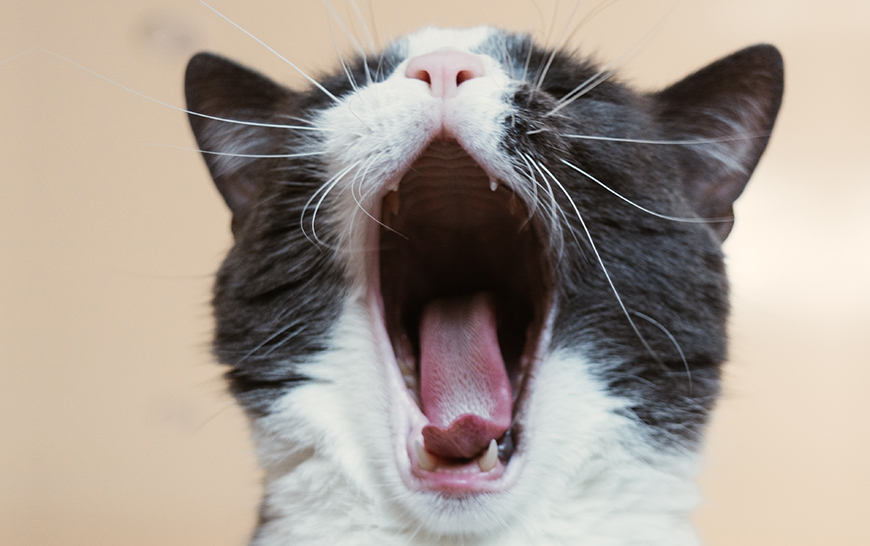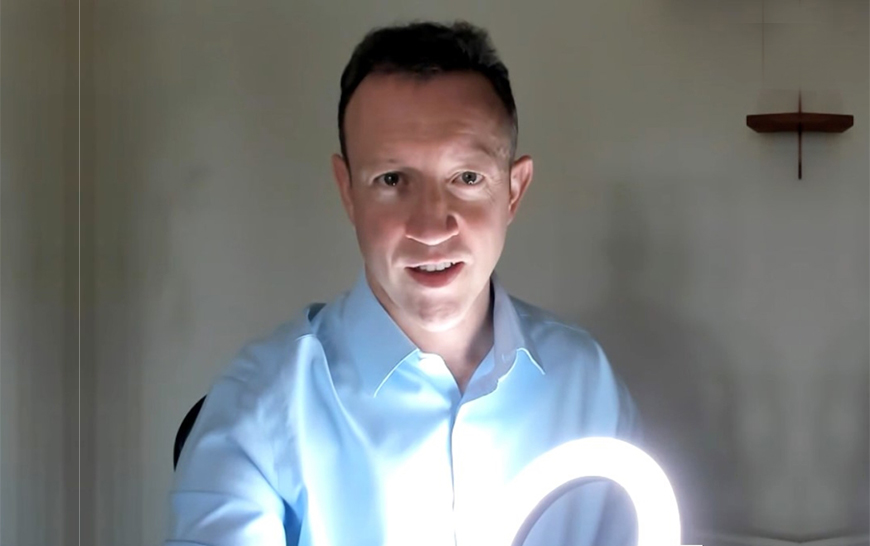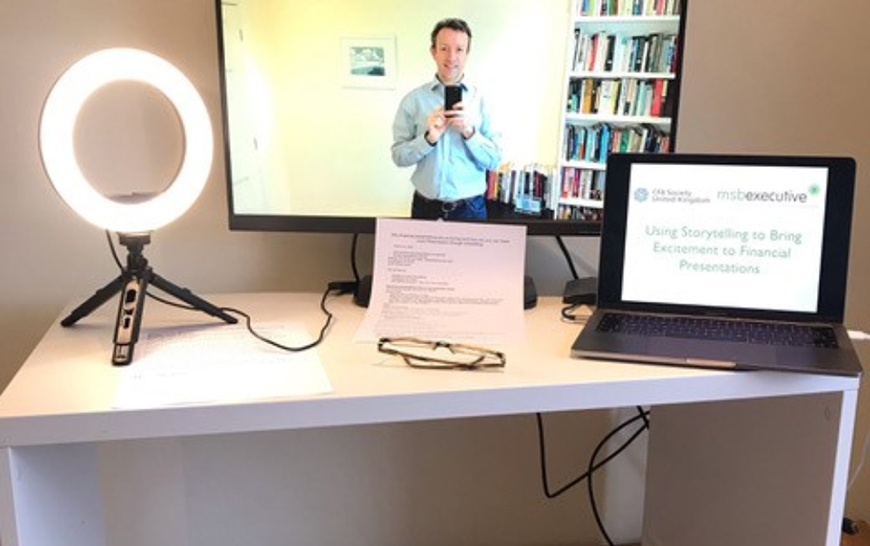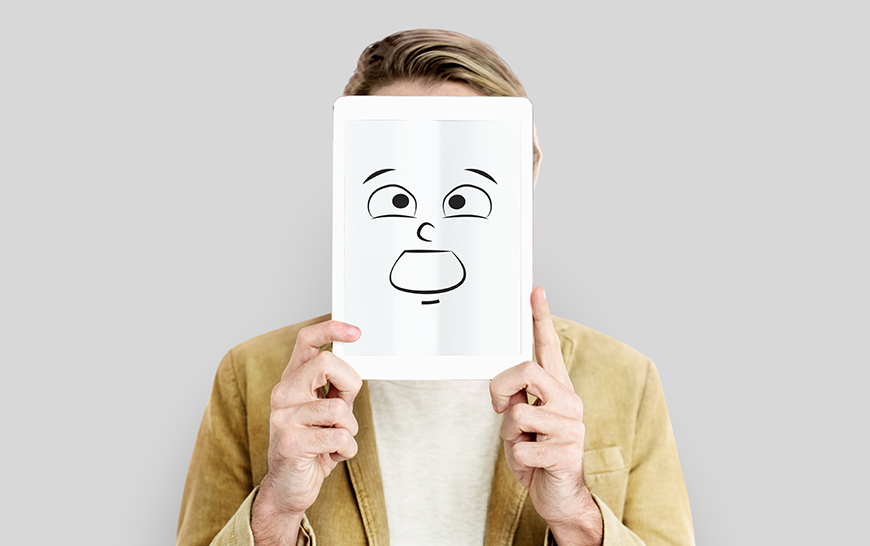A Great Teacher
Without saying a word, the woman sitting in front of me clenched her fists, arched her back, opened her mouth as wide as it would go and yawned luxuriantly. As the seconds ticked by, I and my fellow students watched in amazement as she twisted and stretched, finishing with a contented grin. ‘Now you’ she instructed us.
Caryll Ziegler was my speech teacher at drama school in the mid-1990s. I regularly use many of her brilliant insights in my voice coaching. However, the one I come back to most often is the power of a yawn.
Feeling Bored?
Somewhere along the line, yawns have become associated with boredom. As a result, schoolchildren develop the habit of hiding or stifling their yawns. That’s hardly surprising – showing an adult that you are bored by what they are saying will lead to a telling off or punishment. So we learn that yawning is bad.
Have you ever seen your dog yawn? Would you think that it was bored? When you see a lion throw its head back and give a huge, roaring yawn, do you think to yourself, ‘How rude’? Of course not. What a strange interpretation we’ve put on this instinctual behaviour when humans do it.
The Science of Yawning
What happens when we yawn? We open our mouth and throat as wide as they will go and use our diaphragm to pull in a lungful of air. Why do we yawn? That is less clear; interestingly, science has yet to come up with a definitive answer. The most likely theories revolve around moistening the lung tissue and increasing blood flow to the brain, possibly to cool it down.
Some of the most interesting data revolves around when we yawn: most spontaneous yawning happens in preparation for activity – when waking up, for example, or before a race or exam. (We actors are certainly very yawny backstage before the curtain goes up.) Some fish have been observed yawning before a fight.
Yawning is preparation. We yawn to clear our head, give ourselves a jolt. We feel more awake after we yawn. So perhaps instead of punishing the yawning pupils, the teacher should be praising them. They are attempting to switch on, not off.
Preparing to Speak
But why did Caryll Ziegler begin that speech class – and every single speech class we did – with a yawn? Because yawning is great preparation for speaking. In fact, I call a noisy yawn my number one quick self-prep exercise before an important meeting or presentation. Aside from the mental recharge, a yawn delivers a powerful hit of oxygenated blood to the head. It brightens the eyes and gives every muscle in the face a stretch – reducing tension and increasing expressiveness. We are always more smiley after a yawn.
Caryll insisted – as do I – that the yawn be noisy. Not a whispered sigh, but a vocalised ‘AAAAAH!’. This is because a yawn opens the throat and gets you ready to speak with a clear, flexible tone. If your voice tends to get stuck in your throat (so you sound hoarse or gargly), the probable culprits are your false vocal folds. A yawn will move them out of the way. Try speaking ‘with a yawn in the throat’ to feel the difference.
So next time you see me scrunch my eyes up, clench my fists, stretch my back and let out a loud luxuriant sigh, don’t rap my knuckles – copy me. It’s how I like us to start every voice session. Best of all, it feels great.








0 Comments